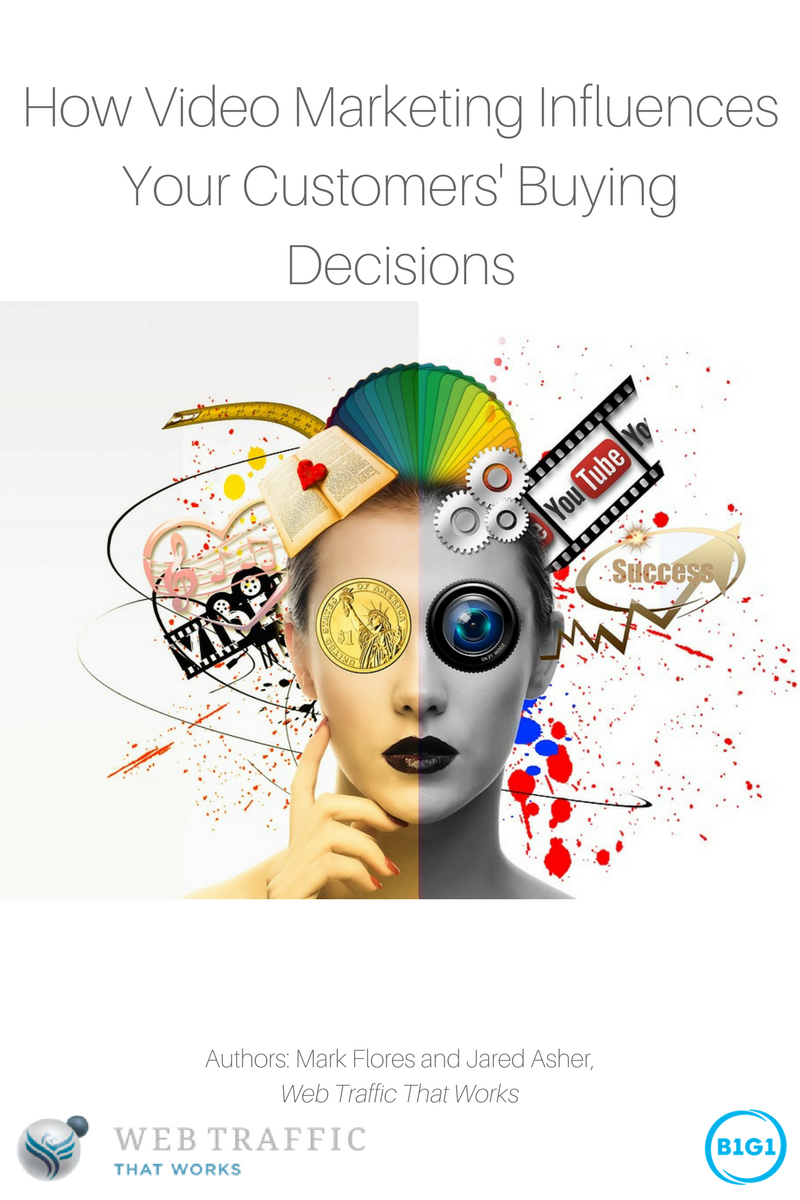The key to influencing your customers buying decisions is by how you make them feel about you and your brand.
There’s a well-known saying from American poet, memoirist and civil rights activist, Maya Angelou:
“I’ve learned that people will forget what you said, and forget what you did, but never forget how you made them feel.”
The question is….
How do you make your customers feel?
This is the ultimate key to creating influence with your audience; helping your customers become engaged by how you make them feel about you and your brand.
As an entrepreneur, video strategist, and marketer, I’ve come to realise there are two things every business should strive for:
- Creating a better experience for others
- Improving a person’s quality of life
Point one is more intrinsic, based on one’s perception and emotion. I’m sure we’ve all heard the saying “happiness starts from within”, haven’t we.
Point two could be more linked towards external circumstances or behaviour.
For example, helping your client make more money, motivating them to follow their passions, removing toxic relationships, etc.
In this article, I’m going to talk more about point one.
I believe that if you create a better experience for others, it usually makes for a more lasting effect.
For example, you can inspire someone to feel amazing regardless of what their environment looks like. Soon their inner world is reflected by their outer world – you’ve heard that, right?
That said, surrounding yourself with the right people and environment first can also turn things around.
Basically, what I mean is there is no right or wrong.
I’ve been learning about the internal world through my Zen practice.
Zen teaches us that what seems like a world full of duality, is still one and the same. It’s both plural and singular at the same time. There’s two sides to the same coin (if you’re reading this thinking “this is a mind fuck”, don’t worry, I used to think this too).
Now, let’s discuss how business and branded videos come into this….
One day, I was in front of my whiteboard and started writing this stuff down.
When I looked at point one (creating a better experience for others), I asked myself, “what type of emotions do I help elicit in my clients?” I looked at it from the start of their experience with us from the pre-production and planning, the production, the delivery of the finished video product and beyond.
So I listed the emotions. They felt:
- Significant
- Smarter
- Braver
- Happy
- Elated
- Motivated
- Good
- Certain
- Famous
- Excited
- Successful
- Loved/cared for
Next, I asked myself what type of emotions we elicited in people who either stumbled on one of our ad campaigns, or clicked on a promo video.
It was concluded that it was at the start of their experience with us before they became our customers.
I saw this as the “attraction” phase and I noticed a set of emotions that were slightly different although some did cross-over.
We made them feel:
- Amused
- Happy
- Silly
- Curious
- Educated
- Relaxed
- Warm/fuzzy
- Energised
- Inspired
- Motivated
- Good
- Certain
- Understood
- Loved/cared for
This made me realise something interesting…
People made specific decisions based on the type of emotion that was elicited.
For example, humour is a great way to get their attention. Then, if you include education it gives them certainty to take action.
I used to wonder why popular online videos were silly, non-sensical, and provided little value besides entertainment, yet they received so much attention, and became viral.
Yet, there are videos, especially on business, that provide a lot of value yet are completely dismissed.
Why…… ?
Because the first step of creating a successful video is to develop attraction.
If you don’t hook your audience in, how can they receive the value of the content itself?
So it seems that people are first attracted to videos that make them feel silly, warm and fuzzy, or makes them laugh, and probably most of all, feeds on their curiosity.
That’s how you get people’s attention!
Get creative. Think outside of the box.
Now, if your video is designed to entertain and amuse your viewer, there’s a chance you’ll miss out on giving your video a business purpose. Although you might receive a lot of views, you might find it difficult to convert prospects to clients.
Once you have hooked them in, you are now moving from the “attraction” phase to “conversion” phase.
It’s somewhat easy to make someone laugh but it’s often more challenging to make them trust you and your brand.
Your intro might be silly, but if the viewer stays to watch your content you may have given them enough value and education.
If they feel educated, smarter and more certainty (trust), you have a higher chance of triggering some kind of action from them – like visiting your website, opting in to an offer or signing up to your event etc.
Conclusion
To conclude, eliciting emotion is what influences your customers’ buying decisions.
The ultimate key to creating influence with your audience is by how you make them feel about you and your brand.
It’s also the deciding factor that tells them how to spend their time and money.
Whenever you create a video, the first thing you need to ask yourself is, “how am I going to make them feel?”











